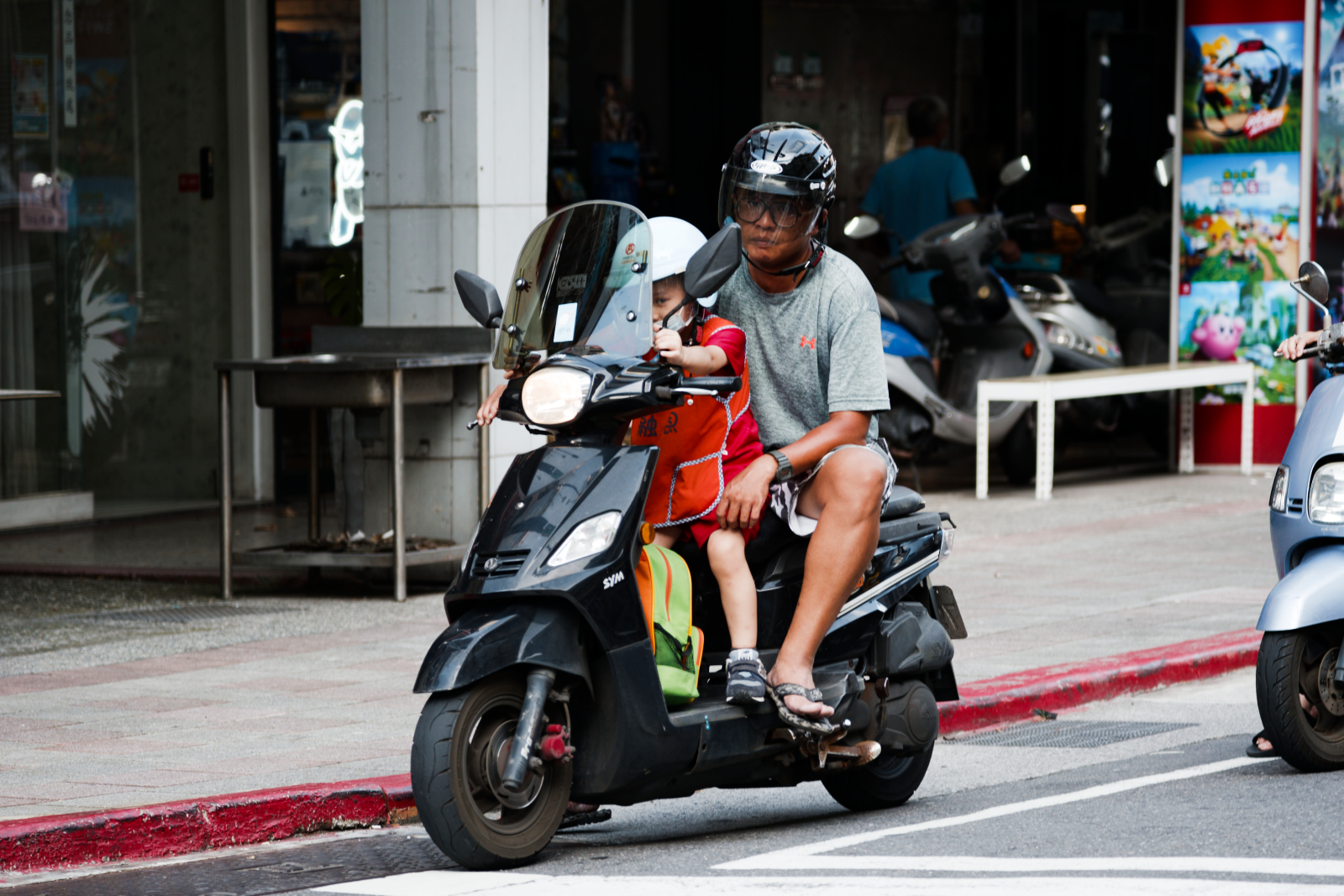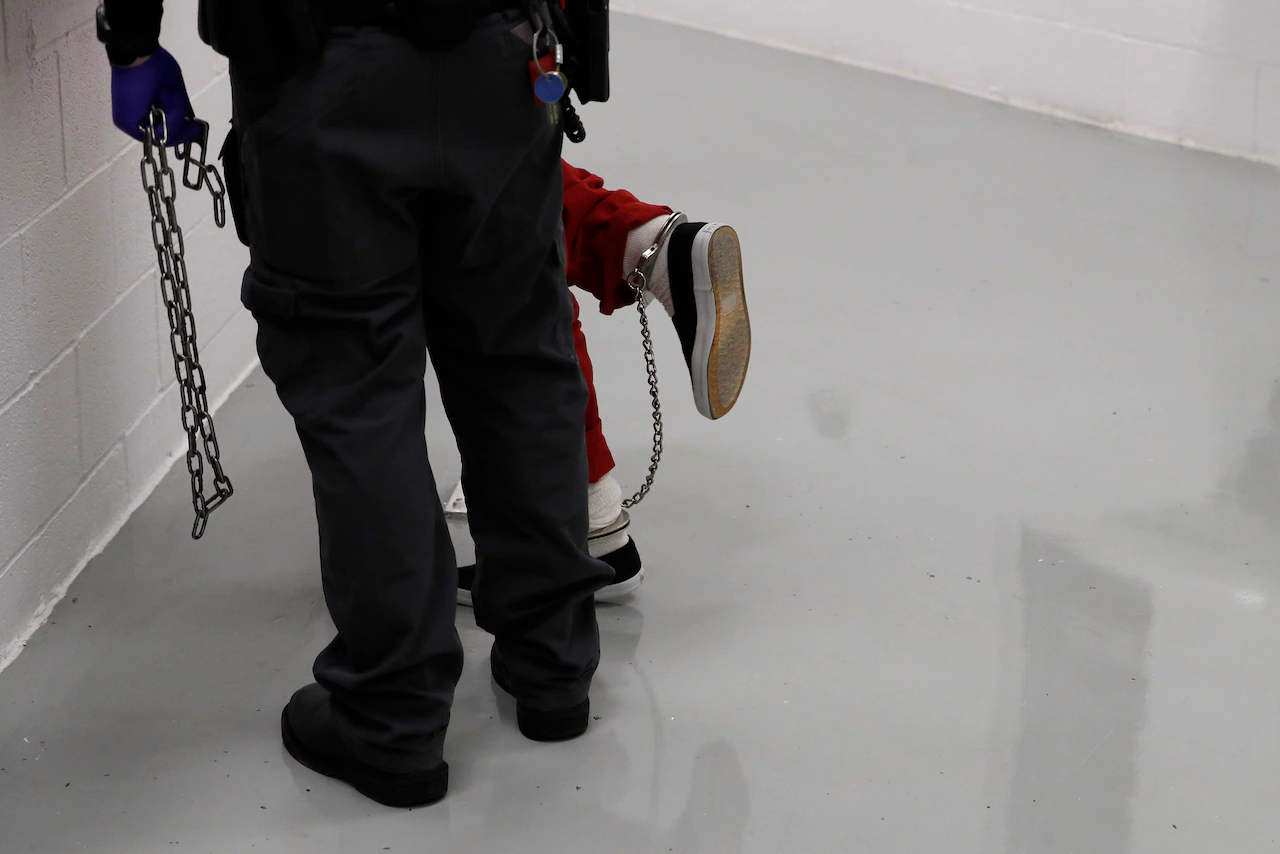Copyright newsweek

Deaths exceeded births in Taiwan for the 21st straight month, according to newly released government statistics, underscoring the deepening demographic crisis confronting the island of 23 million. Why It Matters Falling birth rates across many high- and middle-income economies have raised alarms about the long-term effects on economic growth. Taiwan’s challenge is particularly acute as its fast-aging population strains social safety nets while its fertility rate—already one of the world’s lowest—continues to slide. Newsweek reached out to Taiwan’s de facto embassy in Washington by email with a request for comment. What To Know Taiwan’s population stood at 23,371,031 at the end of September, a decline of more than 87,000, or 0.37 percent, from the same point last year, according to the Interior Ministry’s latest monthly household registry report. The average household size was 2.37 people—down 0.13 from September 2024. The island recorded 8,603 newborns in September a modest increase from August but still 3,189 fewer than in the same month last year. This file photo shows a father riding a scooter with his young daughter on July 5, 2023, in Taipei, Taiwan. The crude birth rate, which measures live births per 1,000 people, was just 4.49—lower even than that of South Korea in 2024, which was the lowest in the world. There were 15,837 deaths in September, down 176 from a year earlier but 161 more than in August, the ministry said. The share of citizens of reproductive age, defined as between 20 and 48, continued to shrink and now accounts for just under 42 percent of the total population, the Taipei Times reported. Those aged 65 and older rose to 19.8 percent, further widening the dependency ratio—with fewer working-age individuals to support a growing elderly population. What People Are Saying Chen Shih-cheng, former health minister and now a minister without portfolio at Taiwan’s Executive Yuan, warned in a May article for CommonWealth Magazine: “The first issue is the economic cost of childbirth. Compared to countries like France and Japan, which also face declining birth rates, Taiwan’s investment remains inadequate. “Subsidies for infertility treatment should also be expanded. Currently, eligibility ends at age 45, but even older women with low conception chances should not be excluded.” Luc Yao, a visiting fellow at the Oxford Institute of Population Ageing, wrote in a May analysis: “Addressing these challenges requires not only technological interventions but also supportive policies informed by research into retirement behavior, workforce re-entry, and social inclusion.” What Happens Next Officials expect Taiwan to join neighboring Japan and South Korea as a “super-aged society”—with people aged 65 and older making up one-fifth of the population—by the end of the year. Time to cushion the demographic shock is running out, officials fear, with the Interior Ministry warning Taiwan is in the midst of the first of two retirement waves. Last month, the Cabinet approved a package of new subsidies aimed at boosting births, including a one-time cash allowance of NT$30,000 (about US$3,320) per newborn. Whether increased financial incentives can reverse the decline remains uncertain. Wealthier Japan and South Korea have struggled to lift their fertility rates, as younger generations cite shifting social attitudes, long work hours, and workplace barriers for mothers as deterrents to starting families.



